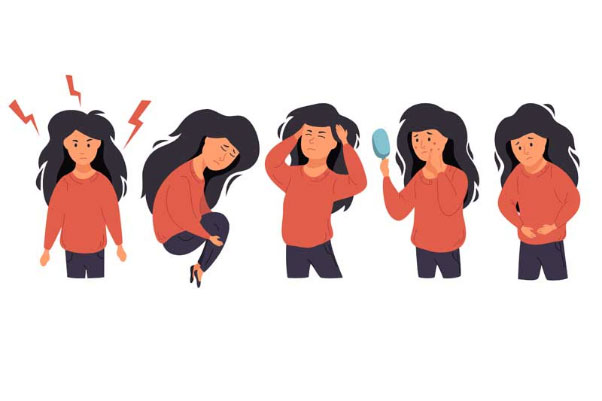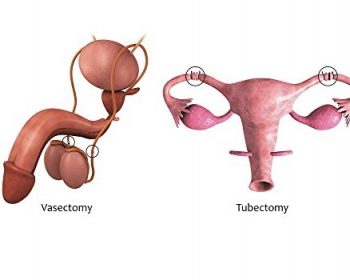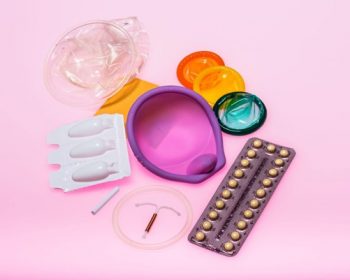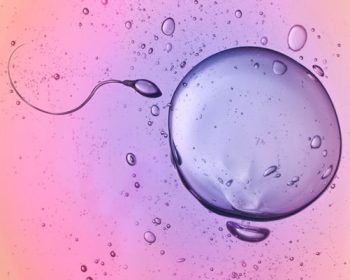
PMS/PMDD
Menstruation is the bleeding phase of the menstrual cycle. The first day of menstruation is counted as day one of the menstrual cycle that usually lasts for 28 days. Normal menstruation differs for different individuals. While some individuals have fairly easy menstrual periods, others have severely debilitating ones that require them to take time off from school or work.
Premenstrual Syndrome (PMS) is commonly used to describe a wide variety of physical and psychological symptoms associated with the menstrual cycle.
Almost 40 percent of women experience symptoms severe enough to disrupt their lifestyles. PMS symptoms are more severe and disruptive than the typical mild premenstrual symptoms that as many as 75 percent of all individuals experience.
Premenstrual Dysphoric Disorder (PMDD) is far more severe than PMS. It affects 3 to 8% of women of reproductive age. It significantly interrupts daily lives and needs to be treated by a physician.
Symptoms
Symptoms associated with PMS generally occur 5-7 days before the menstruation and subside once the menstruation starts or shortly after. PMS symptoms may increase with each pregnancy and worsen with age until menopause.
PMS has both physical and psychological symptoms associated with it. Physical symptoms include:
- Bloating
- Swollen, tender breasts
- Acne
- Fatigue
- Constipation
- Headache/Vertigo
- Clumsiness
- Muscle spasms
- Diminished libido
- Changes in appetite
Psychological symptoms include-
- Anger
- Anxiety/confusion
- Mood swings, tension
- Crying and depression
- Inability to concentrate
- Irritability
PMS symptoms differ from other menstrual cycle symptoms in mainly three aspects-
- They tend to increase in intensity as the cycle progresses
- They get relieved once the menstruation starts
- They are present for at least 3 consecutive menstrual cycles
The symptoms of PMDD are heightened irritability, mood swings, and depression. It is far worse than those experienced in PMS. Individuals with a history of postpartum depression, clinical depression, or mood disorders are at higher risk of developing PMDD.
Causes
It is stipulated that the PMS symptoms are caused by the rising and falling levels of estrogen and progesterone in the blood, which results in a fluctuation in the levels of serotonin in the brain. Serotonin has a strong influence on mood. Some individuals tend to be more sensitive to these changes in serotonin levels than others.
Diagnosis and Treatment
There are no specific tests for PMS and PMDD. Individuals experiencing these are asked to keep a record of their symptoms. A premenstrual symptom checklist is a very useful method to keep track and evaluate the progress of the symptoms, as well as the treatment.
Treatment for PMS and PMDD should include a consultation with a physician. Treatment options include:
- Dietary advice:Decreasing alcohol, caffeine, nicotine, salt, and refined sugar from the daily diet. Increasing calcium intake, complex carbohydrates, and fiber in daily diet.
- Exercise:Including light, daily exercise helps reduce the symptoms.
- Medication:Low-dose antidepressants, oral contraceptive pills, and diuretics (to reduce bloating) help relieve PMS symptoms.
PMDD should not be self-treated. It should only be treated by a trained physician.
For enquiries and online appointments, visit www.DivakarsHospital.com
You can seek 2nd opinion with Dr Hema Divakar and other specialist doctors through the Divakar’s Hospital app which can be downloaded from Google Play Store or ios here – https://bit.ly/2C5cW1e
Subscribe to Divakars Hospital YouTube Channel and stay updated on videos related to pregnancy and women’s healthcare. Subscribe here – https://bit.ly/3Avct4w







